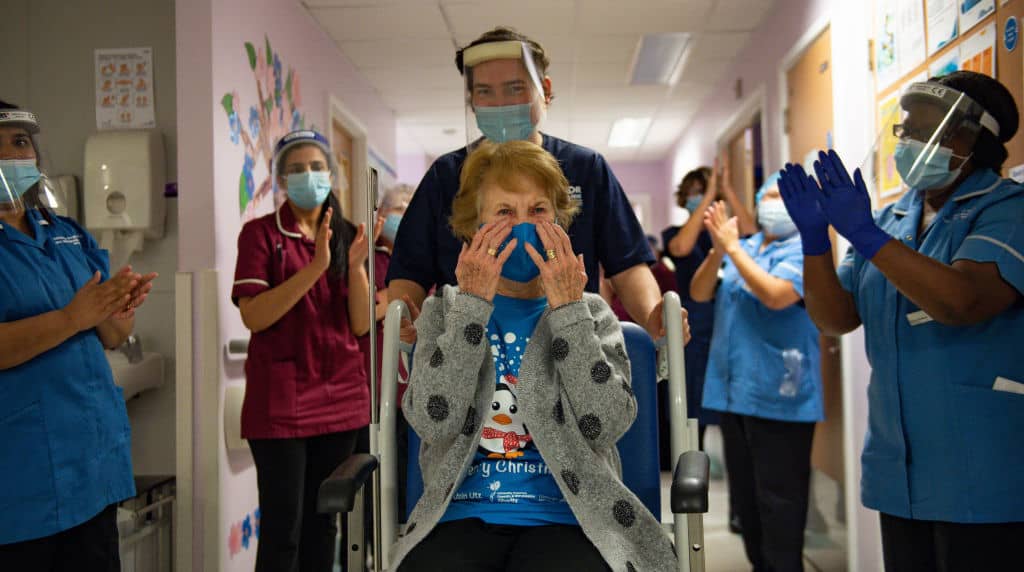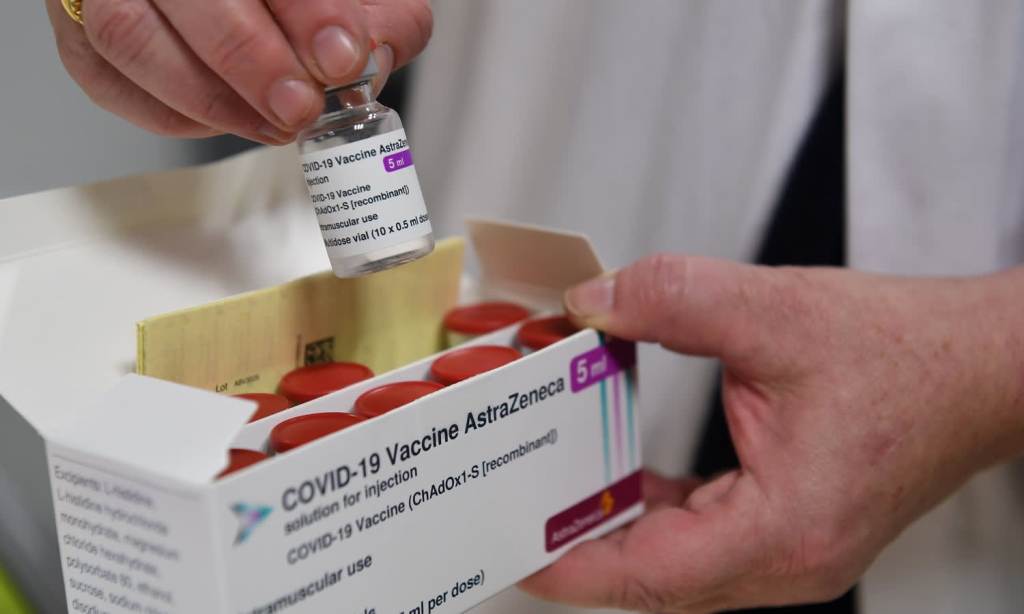It’s been a year since Dr Li Wenliang started making urgent statements on Chinese social media about a strange new SARS-like virus killing people in the city of Wuhan. Since the virus went global in March, people have been calling for a vaccine to end our nightmare of rolling lockdowns and international travel restrictions.
Now, vaccines have been made and are rapidly being rolled out under rolled sleeves for the past few months. England has so far vaccinated over 11 million people in a matter of months. America has vaccinated over 42 million people at a rate of 1.4 million per day. Israel, Russia, and China have all been pushing their vaccine programmes out to their citizens at similarly impressive speeds while access to supplies in Europe have prompted angry inter-bloc clashes.
Given we have low COVID-19 rates in this country, Australia has chosen to wait and see how vaccine programmes work across the rest of the world and if there are any unexpected long-term repercussions from the vaccines themselves.
Now, with our nation’s vaccine roll-out about to begin, we take a look at where we stand in comparison to the rest of the world to get a bit of a clearer idea of when this disaster might finally come to and end.

When Does the Vaccine Programme Start?
In January, Prime Minister Scott Morrison announced that the vaccine roll-out will begin in mid-to-late February.
On Monday it was announced that 142,000 doses of the Pfizer have now arrived in Sydney from Europe.
The vaccines will now need to be properly assessed by the Therapeutic Good Administration to make sure they’re all in working order.
Mr Hunt said the government will begin distributing vaccines on Monday February 22.
How Will It Work?
New information released last week revealed that Aussies will be notified directly when it’s their turn to get a vaccine. Vaccines will be distributed through GP clinics, hospitals, and pharmacies with people making their own bookings to get vaccinated when the jab is ready for them.
Once a person has been vaccinated, they will receive a digital certificate which is no doubt going to be used to enable travel and possibly attendance at large-scale events whenever they get underway.
Who Gets the Vaccine First?
According to the Department of Health, The vaccine roll out is going to be given in three stages with high-risk groups given top priority.
Phase 1A will include those at the frontline of the pandemic and the most vulnerable.
Phase 1B will be people over the age of 70, Aboriginal and Torres Strait Islander people over the age of 55, younger adults with underlying medical conditions, including people with disabilities, emergency workers, and meat processing workers.
Phase 2A will be adults aged 50-69, Aboriginal and Torres Strait Islander people aged 18 and up, and other critical and high risk workers.
Phase 2B is the rest of the adult population above the age of 16.
Those under 16 will get the vaccine last if it’s thought to be necessary.
How Long Until We’re All Vaccinated?
The government has stated that they’re aiming to have the whole of the country vaccinated by October. That’s a big ask and will require 200,000 people to be vaccinated per day if we are to hit the target of 20 million adults by then.
Experts are already warning that the vaccine rollout could carry on until mid 2022, depending on the rate of distribution.
200,000 per day would require “dedicated, large-scale vaccination sites capable of delivering thousands of doses a week in addition to the enthusiastic participation of general practices and community pharmacies countrywide,” according to health researchers in a recent Conversation piece.
Do We Have Enough Vaccine?
This is the big question on everyone’s mind. When Pfizer first announced its vaccine, countries rushed to snap it up. Australia was lucky to secure 10 million jabs. That’s enough for 5 million people, who will need two jabs each. Those people in Phase 1A will receive the Pfizer vaccine, with the rest of the country getting the AstraZeneca vaccine.
Australia has secured 53.8 million shots of the so-called “Oxford vaccine”, with 3.8 million set to be delivered early this year and the remaining 50 million to be manufactured locally by the pharmaceutical company CSL.
Does Vaccination Mean the Pandemic Is Over?
Well, not quite. Even with the whole nation safely vaccinated, it will take years before the entire population of the planet has been vaccinated. While vaccine manufacturers are working tirelessly to produce the jabs, 7.6 billion is a lot of people. That’s some 14 billion jabs that need to be made and getting them made is the easy part.
Distribution will be a major challenge, particularly in countries with remote rural populations. Let’s not forget that there are parts of the world where polio is still an issue.
Cost is yet another factor, with transport and storage of the vaccine expected to be difficult for less wealthy nations to achieve.
Experts are currently unwilling to give any kind of prediction for how long it will take, with some expressing deep skepticism that we will ever truly eradicate the virus.
That being said, some nations will vaccinate more quickly than others and international travel is likely to be restricted to areas of the world where vaccination is not wide spread. This will mean quarantine and travel caps will have to remain in place for the foreseeable future.
Another sticking point is the fact that the current vaccines may not adequately protect us from viral mutations. Just this week, South Africa has put a halt to its vaccine roll out after tests showed that the AstraZeneca vaccine was minimally effective at preventing the much more infectious, and potentially more deadly, South African variant of COVID-19.
It’s not great news for us, given that the 3.8 million doses we have ordered are from AstraZeneca, though Health Minister Greg Hunt does not believe this is a significant issue as the vaccine will still do its primary job of protecting from the original virus.
This being said, there are a myriad of other issues to consider involving cost and logistics. Experts have warned that the virus may need an annual vaccine, much like the flu shot, with at-risk populations having to update their immunisation records each year.
It’s going to be a long, slow fight to get on top of this thing and while we’re a nation lucky to be largely free of the virus for the moment, we’re in for a long and bumpy ride as a whole.


